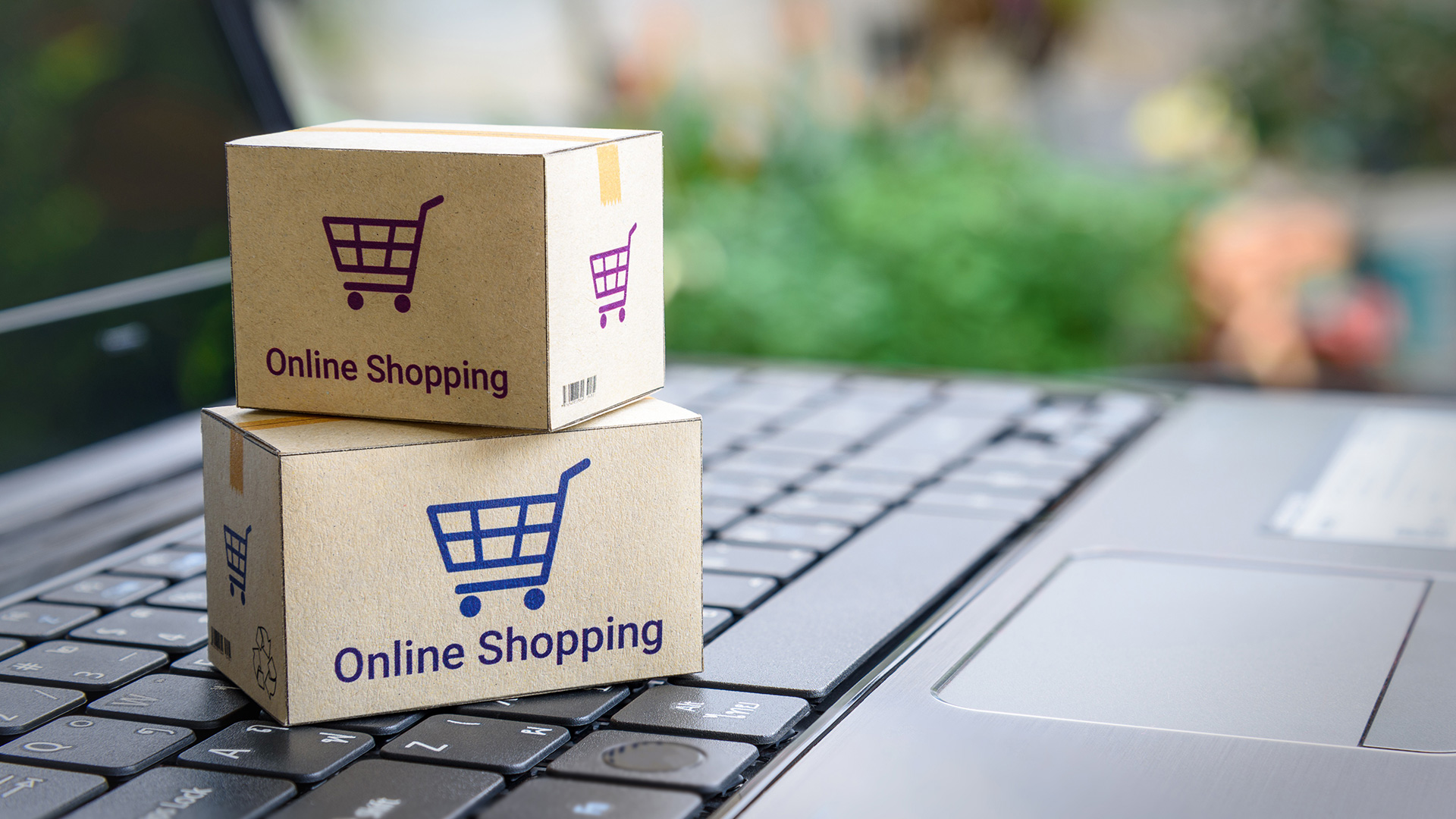How to Simplify the Customs Documentation Process: Everything You Need to Know
- 1 July 2024
- 8 min to read
- 1045 views

In today's fast-paced global trade environment, navigating the complexities of customs documentation has become increasingly challenging. With the rise of international commerce, businesses are often overwhelmed by the intricate and ever-changing customs regulations. Simplifying customs documentation is essential for compliance, enhancing operational efficiency, and reducing costs. By adopting streamlined processes and leveraging digital tools, companies can minimize errors, expedite shipments, and improve overall productivity.
Grasping the customs documentation requirements is half the battle.
Navigating the world of customs documentation can be daunting, especially given the varying requirements across different countries. Understanding these requirements is crucial for ensuring smooth and compliant cross-border transactions.
Customs documentation typically includes invoices, bills of lading, certificates of origin, and various declarations. Each document serves a specific purpose, from verifying the value and classification of goods to ensuring that shipments comply with local regulations. Failing to meet these requirements can result in delays, fines, and even the confiscation of goods. By thoroughly understanding and preparing the necessary documentation, businesses can avoid these pitfalls, streamline their shipping processes, and enhance their international trade operations.
In this blog, we will delve into the key aspects of customs documentation requirements and offer tips for staying compliant.
The Importance of Accurate Documentation
The documents must be precise and complete for a bunch of important reasons.
Accurate paperwork is super important for avoiding expensive delays and penalties due to wrong or missing info. It also helps things go smoothly through customs, so your shipments are less likely to get stuck or turned away at the border. Plus, it shows customs officials and trade partners that your business is pro and dependable. Mistakes can mean you lose money, harm your rep, and strain important relationships. That's why putting time and effort into getting your customs paperwork right is key for running things smoothly and making your business a long-term success.
Essential Customs Documents You Need to Know
In the realm of international trade and cross-border shipments, it is essential to understand that the required documentation for customs clearance may vary. However, there are fundamental documents that remain paramount:
- Invoice;
- Air Waybill (AWB) and/or Road Waybill (CMR) and/or Rail Waybill (CIM)
- Delivery note (DDT).
Furthermore, depending on the specific category of goods, additional documentation, including a certification of origin, export declaration, or export license, may be necessary. For those engaged in trade with the EU, a comprehensive guide to the essential customs clearance documents and their completion is available in an official article. Similarly, for trade involving the United States, valuable insights can be obtained from the official website of U.S. Customs and Border Protection.
Leveraging Technology for Efficient Documentation
Embracing technology can significantly enhance the efficiency of customs documentation. Digital tools and software solutions can automate many aspects of the documentation process, reducing the likelihood of errors and speeding up workflows. For example:
- Customs Management Software: Integrates with your ERP system to manage and track all documentation.
- Electronic Data Interchange (EDI): Facilitates the exchange of documents between your business and customs authorities.
- Blockchain Technology: Provides a secure and transparent way to manage and verify documentation.
Simplify Your Shipping Process with Customs Clearance Module
Navigating customs can be complex, but our Customs Clearance Module makes it effortless. Here's how:
Effortless Compliance: Automates information collection, HS code identification, and real-time duty and tax calculations to ensure smooth customs clearance.
Seamless Integration: Integrates with national customs systems for smooth processing and full financial transparency.
Accurate HS Code Identification: Uses machine learning to accurately match HS codes, minimizing delays and disputes.
Real-time Duty and Tax Calculation: Provides real-time calculations for customs duties and taxes, ensuring cost transparency.
Customer Trust: Enhances efficiency and customer satisfaction through seamless WMS integration.
Efficient Documentation: Streamlines the collection of essential information, reducing administrative burdens and speeding up the process.
Enhance your shipping operations and maintain customer trust with our cutting-edge Customs Clearance Module. Ship better with Meest World Logistics (MWL) and experience hassle-free customs compliance.




